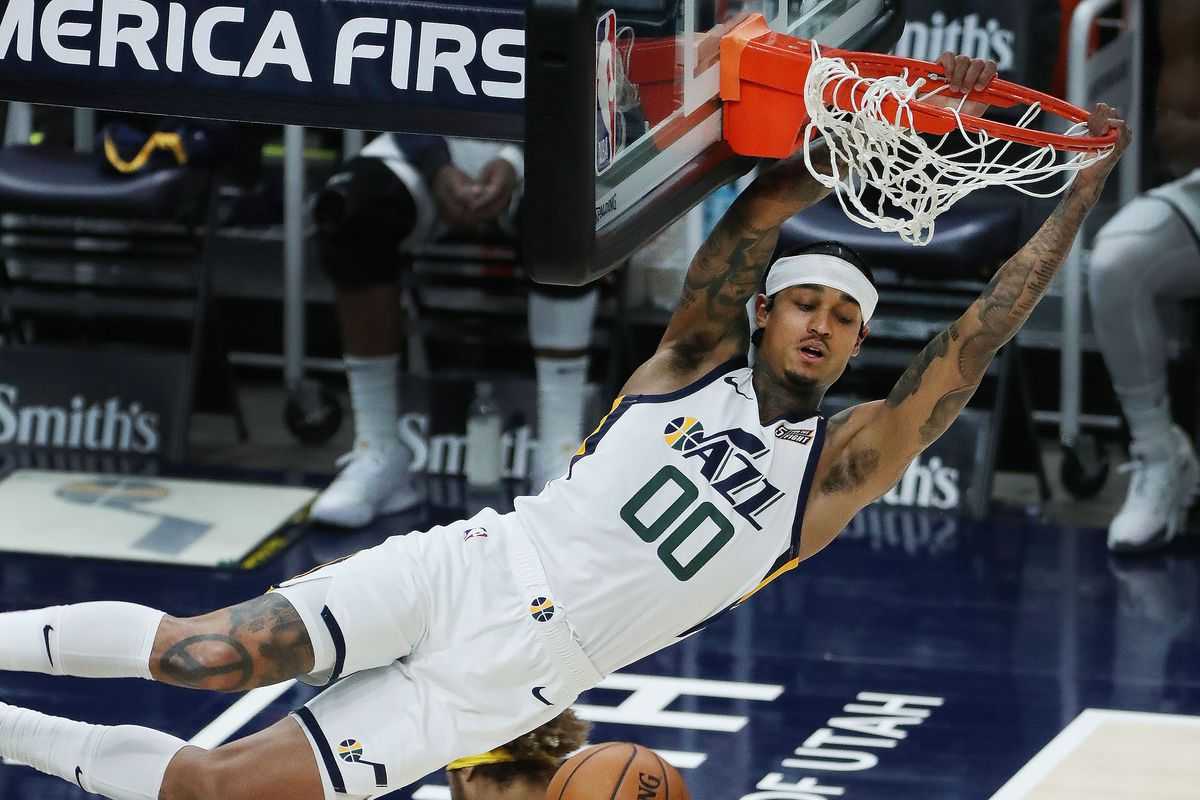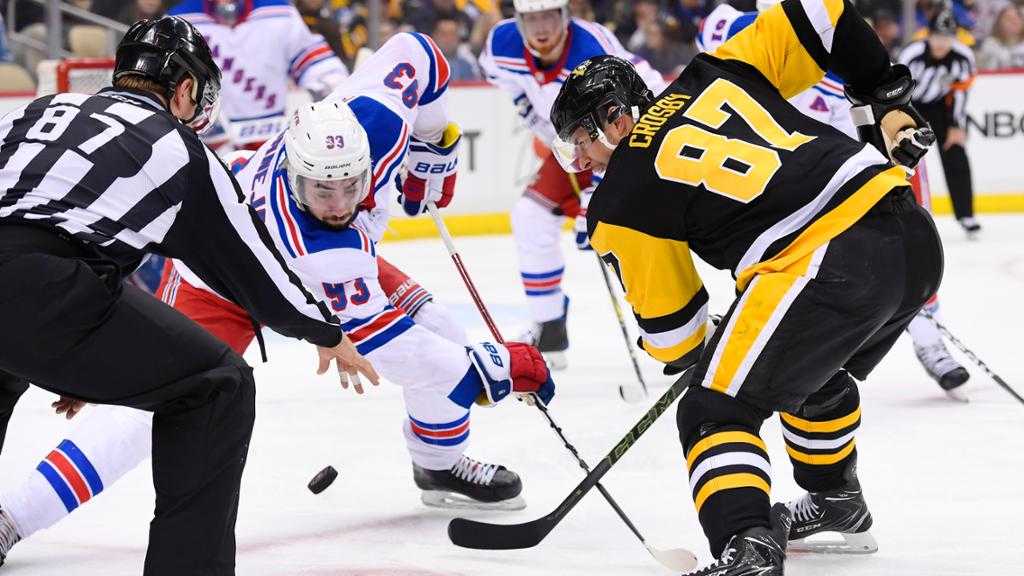Our legends of F1 series continues with the man at number seven. That man is Niki Lauda. The Austrian would win three world championships, two of which came under the Ferrari name. Lauda took racing’s most famous team back to the top, in doing so Niki Lauda brought F1 into a new era. The ’70s saw the F1 World Championship boom into a global behemoth. Lauda was the franchise driver that elevated F1 to a genuinely international championship, as well as making it a money goldmine. The Austrian’s imprint on F1 was indelible: his speed combined with a ruthless winning streak made him one of the most polarizing world sports figures.
A Family Outcast
Lauda came from a wealthy background. His family ran a successful manufacturing company, Lauda was the heir apparent to take over. Instead, he wanted to become a racing driver. His family disapproved, they felt it was too dangerous. Lauda pursued his fledgling racing career as he raced sports cars in Central Europe. Sports cars didn’t float Lauda’s boat; he wanted to drive Formula cars. The big problem with that is it requires sponsorship to be financially viable, Lauda couldn’t find the backing he needed, therefore, against his families wishes, he took a $30 thousand loan to pay the March F2 team for a ride. His father was apoplectic; he was so angry that he cut contact off with his son forever.
The Big Break
Lauda quickly impressed the March F2 team, so they promoted him to the F1 team. The March car wasn’t competitive, Lauda grew frustrated; he switched teams to BRM. Lauda took another bank loan to facilitate the move. At BRM, he teamed with the Swiss Clay Regazzoni, the BRM car was much more competitive, and Lauda shone. He took a magnificent third place in the 1973 Monaco GP. It was enough to impress Enzo Ferrari. At the end of that season, Ferrari signed Regazzoni from BRM; the veteran driver recommended Lauda to the Scuderia.
Lauda joined Regazzoni at Ferrari in 1974. It would prove to be a great decision. Lauda quickly displayed his skill at developing the car; he owned an excellent engineering brain. Lauda always provided superb technical feedback that helped the team positively develop the vehicle. Ferrari rapidly moved up the grid as the car got quicker. Lauda won two Grand-Prix’s plus six consecutive pole-positions. Sadly, the car was unreliable as it broke down in several events. Nevertheless, Lauda underlined the speed, technical expertise and leadership that Ferrari wanted. The team was on the up.
World Championships
If 1974 was the development year, 1975 was the year of championship glory. Five race wins propelled Lauda to a first world drivers title. Lauda also helped Ferrari win their first Constructor’s title in 11 years. The Austrian clinched the title at Ferrari’s home race in Italy; it was an emotional triumph. The highlight of the 1975 season was when Lauda lapped the Nurburgring in under seven minutes. At the time, it was the fastest lap time recorded at the Nordschleife. Lauda demonstrated that he could combine his pragmatic, clinical driving style with speed. He was on top of the world.
Lauda added a second world title in 1977. The Austrian took the title through consistent driving, rather than winning through sheer speed. He only won three races in ’77 and he took ten podium finishes out of 14 races. Lauda’s consistency drove him to the title. Sadly, the relationship between him and the team deteriorated. After Ferrari sacked Regazzoni, they replaced him with Carlos Reutemann. Lauda did not like Reutemann; the two did not work well in the team. Niki Lauda felt betrayed by Ferrari; the relationship was never the same. After he sealed his second championship at US GP, Lauda quit the team.
1976
The 1976 F1 season is one of the most remarkable years in F1 history. Hollywood immortalized the season with the epic film Rush. Rivalries elevate sports, Niki Lauda vs James Hunt was F1’s first epic rivalry. Hunt raced against Lauda in F2. They’d experienced issues on track in the junior category. James Hunt was F1’s rockstar; he was the cool, charismatic pin-up for F1. Lauda was the complete antithesis of Hunt, Niki was calculating, cunning and very quiet. He showed no interest in being the showman, unlike Hunt. After James Hunt signed for Mclaren in 1976, the two would go head to head in an enthralling battle. Hunt’s brash personality and winning good looks did not sit well with Lauda. The world was ready to see what would happen.
Lauda won four of the first six races and another world title looked a formality… until a wet afternoon at the Nurburgring. Jackie Stewart christened the “Ring the Green Hell”. It was a dangerous racetrack. In the wet, it got even more dangerous. Lauda didn’t want to drive; Hunt led a rebel group of drivers who wanted to race. Hunt’s cabal won the vote; the race went on as planned. In the treacherous conditions, Lauda hydroplaned and smashed into the barriers. Instantly the car burst into flames, other vehicles collided in the inferno. The emergency services airlifted Lauda to hospital.
Back From the Dead
At the hospital, the staff gave him the last rites. Lauda slipped into a coma due to the injuries he’d suffered. His right ear, eyelids, head and face sustained severe burns. Lauda also inhaled an awful amount of smoke; it seemed as if his career was over. In Lauda’s absence, Hunt would win race after race; the Englishman cut down Lauda’s lead during the Austrians stay in hospital. The treatment included vacuuming all the trash out of his lungs; it was a horrible feeling. At the same time, his burns couldn’t get treated; his face would remain disfigured. None of that mattered to Lauda, the only thing that he cared about was the world championship. Hunt’s victories drove Lauda to take more treatment to hurry up the recovery process. Lauda displayed the courage of a Lion to get up off the death bed and get back in the car.
Six weeks after a death-defying crash, Lauda got back in the race-car. He courageously drove the car to a fourth-place finish; he needed to fight exhaustion to finish the race. Six weeks removed from a coma, Lauda hauled himself back into contention for the world championship. He would not allow Hunt to win the title easily. The world championship went down to the final race in Japan. In the shadows of Mount Fuji, the rain descended onto the track halfway through the race. In awful conditions, Hunt and Lauda dueled it out for the greatest prize in racing. However, after two laps Lauda retired from the race, he deemed it too dangerous. Hunt would finish third in the race, that was good enough to win the world championship by one point. Lauda made one more courageous decision, the one that no racing drivers want to make.
First Retirement and Comeback
After 1977 Lauda joined the Brabham team. They were uncompetitive, Lauda got frustrated with the team’s slow car. He retired in 1979 citing frustration with F1 as the significant factor. Lauda raced sportscars for a few years, although it didn’t suit him, just like earlier in his career. Lauda got itchy fingers; he grew restless. Nothing else compared to the thrill of driving an F1 car. Mclaren offered him a route back into the sport. With Porsche engines in the back, Mclaren gave Lauda a dominant car in 1984. After two years of insignificant performances, Lauda got the best tools for the job. He won his third world title in 1984, by half a point ahead of Alain Prost. Lauda knew there was unfinished business when he came back; he checked that box. Lauda would retire at the end of 1985 for good.
Why He’s on Our List
Niki Lauda is on our list due to a plethora of reasons. He demonstrated amazing self-confidence by defying his family to pursue his dream. He did the same by taking out bank loans to fund his career. Then Lauda displayed his tremendous speed, plus brilliant engineering excellence. Add all those racing driver qualities to the courage he showed after his crash, Niki Lauda needed to be in our top-ten. He became the benchmark driver in the 70s. Every driver that immediately followed him aspired to be Niki Lauda. That is his legacy.






